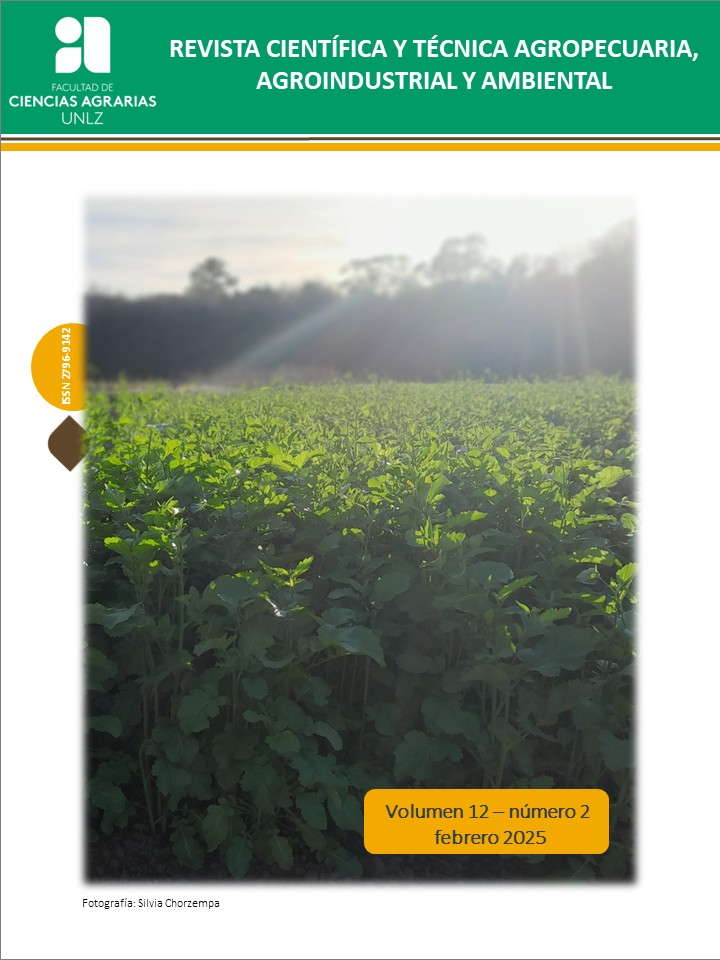Development of a rapid and low-cost method for differentiation of total glucosinolate content in breeding programs for biofumigant Brassica juncea (Indian mustard) cultivars
Keywords:
biological pest control, agroecology, biofumigation, Brassicaceae, analytical methodAbstract
The content of total glucosinolates (GLs) in Brassicaceae plants is correlated with their biocidal effectiveness during biofumigation. The search for new cultivars with high GLs concentrations is one of the objectives of Brassica juncea (Indian mustard) breeding programs. The widely used analytical method for their determination is high-performance liquid chromatography (HPLC), a procedure with significant operational cost, in terms of equipment and reagents, and which also requires highly specialized operators. Due to the lack of resources to implement this methodology, we developed a rapid and economical procedure based on the Mexican Standard NMX-Y-324-SCFI-2011, with a modification that avoids the use of exogenous myrosinase, which allows speeding up the analysis and reducing costs. It consists of grinding the B. juncea sample together with distilled water at 5ºC in a blender, filtering, adjusting the pH to 7, incubating at 35ºC for 2 h and finally titrating with 0.025N NaOH. This method quantifies the acidity of bisulfate anions (HSO4-) generated during incubation and, consequently, determines the amount of GLs, given that each equivalent of GLs is hydrolyzed to give an equivalent of HSO4-, which produces a drop in the initial pH. To validate this methodology, analyses were carried out on four B. juncea cultivars, from phenological stage 31 (an elongated internode) to 79 (full maturation), with a weekly frequency. Subsequently, the GLs concentration curves were plotted as a function of the cycle and compared with those obtained by other authors using HPLC: the average regression line of the four cultivars presented a slope similar to that obtained by HPLC, although it differed in the intercept. The developed methodology would allow qualitative differentiation of genotypes with different GLs concentrations during B. juncea breeding programs.






